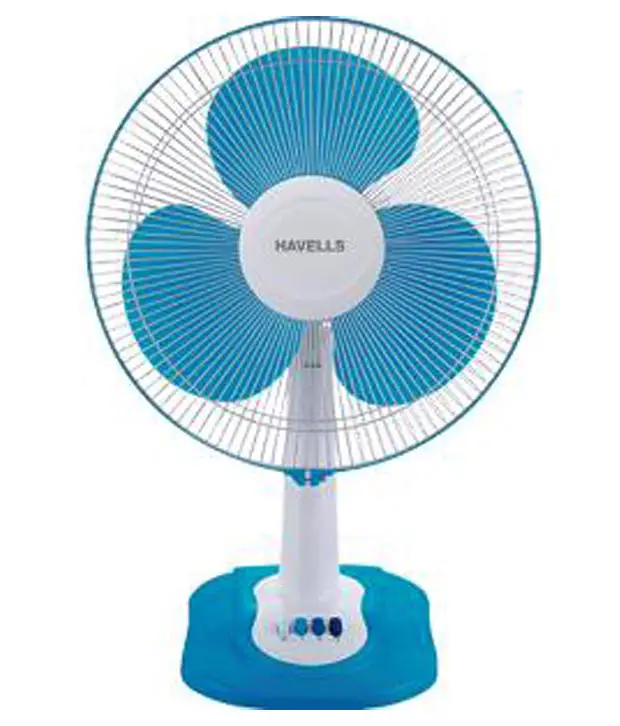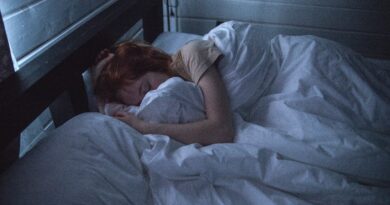
White Noise: How Does it Help You Sleep?
A number of people — myself included — sleep better at night with some sort of white noise, such as a fan. I started turning on my fan at night when I was in my first year of university and living in the dorms. It muted the noises that I didn’t particularly want to hear at 3am from the room above mine.
Having white noise going at night is such a big thing that companies sell special machines to help you get a good night’s sleep. But what is it about white noise that seems to work so well for certain people?
According to Popular Science: “The short answer: white noise is better noise. At least for (some) sleepers”.
The technical definition of white noise is a consistent noise that resonates equally across all frequencies. Popular Science explains it in musical terms:
“Say you’re a musician. To play a middle C note, you play something that’s about 261.6 hertz, the unit of frequency. White noise is just an equal amount at every frequency, from low to high, that a human being can hear. To keep the music analogy going, it’s a gigantic band all playing a slightly different note. (Machines pushed to the limit, like fans, are especially good at hitting these notes.)”.
I wouldn’t consider myself a particularly light sleeper, because at home I don’t use any white noise and can sleep through massive thunderstorms. When it comes to sudden noises, or trying to fall asleep with sounds like talking or a movie playing in another room, that’s a whole different story. It’s those inconsistencies in noise that cause you to wake up or not be able to fall asleep, not necessarily the actual noise itself. White noise creates a blanket over top of those inconsistencies to smooth things out and allows you to fall asleep and stay asleep. However, white noise is not just used to help people sleep. Therapy rooms are known for making use of white noise machines too. In fact, the best performing white noise machines for therapists are effective in guarding against any distractions occurring during therapy sessions. They are known for preventing outside sounds from disrupting the therapist-client relationship.
White noise isn’t the only alternative to having to listen to your partner snore or your roommate watching Hawaii Five-0 in the other room (or the nightlife of a not-so-pleasant neighbourhood…). There’s also pink noise, which Popular Science describes as: “white noise, but with the higher frequencies turned down in intensity”. Pink noise could be something that helps people who suffer from tinnitus or who just don’t like the upper registers in true white noise. There’s other colour noises, too, such as Brown noise (named after a person) and violet noise, among many others.
Of course, white noise isn’t going to work for everyone. For some, it does the exact opposite of masking sudden noises and instead increases their sensitivity. That’s a whole other topic, however, and stochastic resonance is a wee bit complicated to attempt to explain. I’m getting tired just thinking about it.



